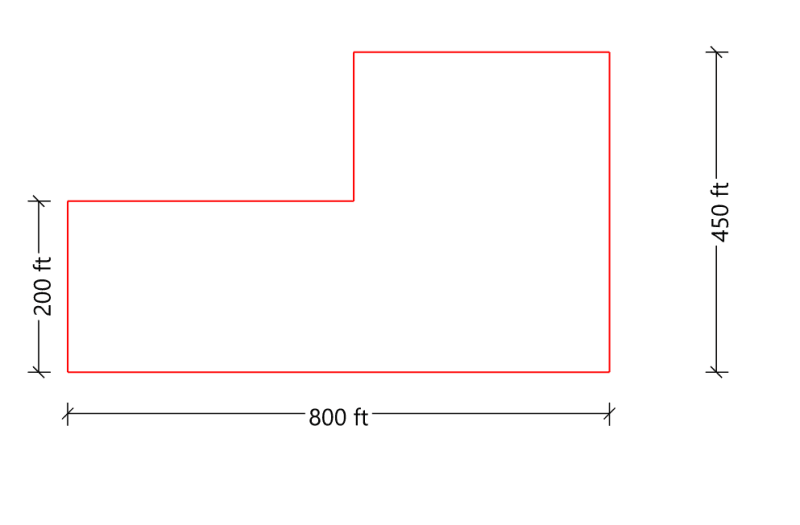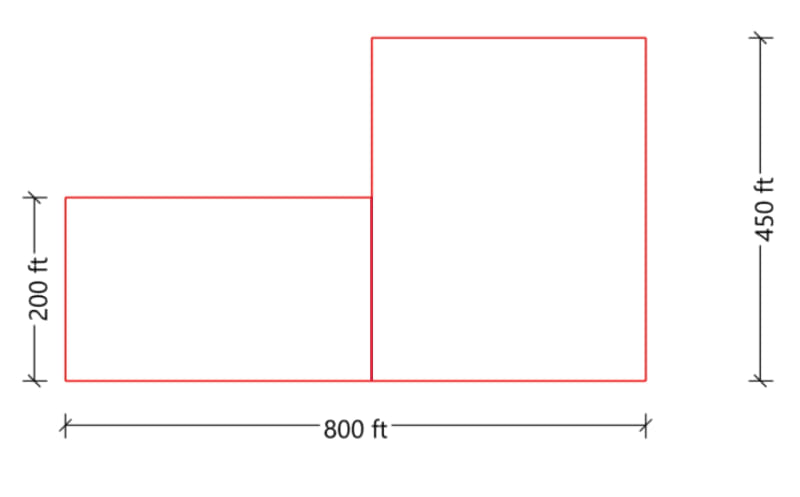Hi all, I'm looking at a schematic flat plate with square 9m x 9m column grid across the entire plan. Normally the shorter/longer spans of the column grid can help to inform which direction should be banded vs distributed using ACI 318, however in this case the square column grid opens up the options. Are there any other reasons to send the banded/distributed tendons in a specific direction for a case like this, or should I just flip a coin?
Simplified floor plate below (movement joints/pour strips can be laid out as desired)

Simplified floor plate below (movement joints/pour strips can be laid out as desired)


